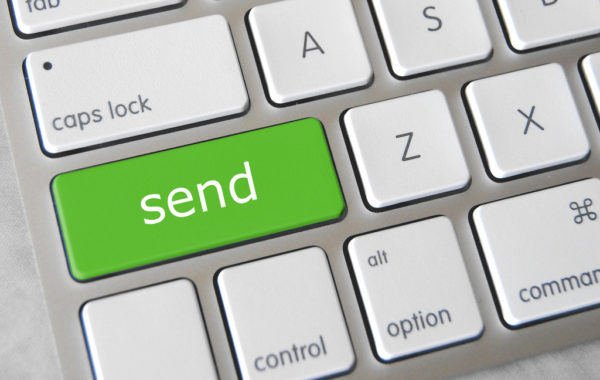
The art of email etiquette is not taught in law school. Students are taught how to “think like lawyers,” but are left clueless how to most effectively use email. Below are seven email etiquette tips that are often forgotten:
Subject Line Etiquette
Make sure your subject line clearly identifies. “Hiya” tells your recipient nothing and runs a good chance of immediate deletion. “Follow up to our meeting” is better, unless your meeting was weeks ago. “Smith case information you requested” tells the recipient exactly why you are emailing them.
Length of Email
Writing long drawn-out emails to convey a single thought is wasteful and might confuse the recipient. Instead emails should be succinct and call for one action. A good rule of thumb is that the recipient should never have to scroll down when reading your email. If your email falls below the fold, shorten it up.
All Caps
As with texting, using ALL CAPS for your emails is the equivalent of yelling at someone. If you feel the need to use all capital letters to stress a point, minimize the use to when asking someone to DO or DO NOT.
Exclamation Points
Likewise, putting an exclamation point at the end of each sentence diminishes the effect! Preserve the use of exclamation points to when it is really necessary (which is probably not as often as you think.
Signature Line
Your signature line is how your recipient knows the sender. Use it to your advantage. Don’t just have your name. Also list your business, address, and phone number, so that the recipient will know how to contact you. If your business has a tagline, be sure to include it. If not, put some effort in developing one.
Wait a Day
In the adversarial profession that we belong, you are likely to receive sarcastic or angry emails. Do not respond in kind. If you respond at all, write your response immediately and leave the recipient line blank (so you do not accidently send it). Also, wait a day before responding (put it in your “draft” folder). The next day, review your email and tone it down before sending. Or, better yet, laugh it off and don’t respond at all. Despite what we are taught, not every communication deserves a response.
To Thank or Not?
Some productivity coaches recommend against thanking someone for an e-mail. The argument is that by sending a thank you, you are wasting the recipient’s time as well as your own. In reality, though, it takes at most five seconds to send a thank you e-mail. This lets the send know that you appreciate the time they took to send the e-mail. More importantly, you are acknowledging the receipt of the e-mail. Lastly, some people are actually disappointed if their efforts to help are not acknowledged. Are you willing to risk disappointing someone because you couldn’t take five seconds to thank them? Yes, for productivity nerds, they might be annoyed by your thank you, but even then, at least you are making a positive effort.
Contact me for complimentary 30 minute session to examine your own email etiquette.
Photo credit: Got Credit via Foter.com / CC BY
